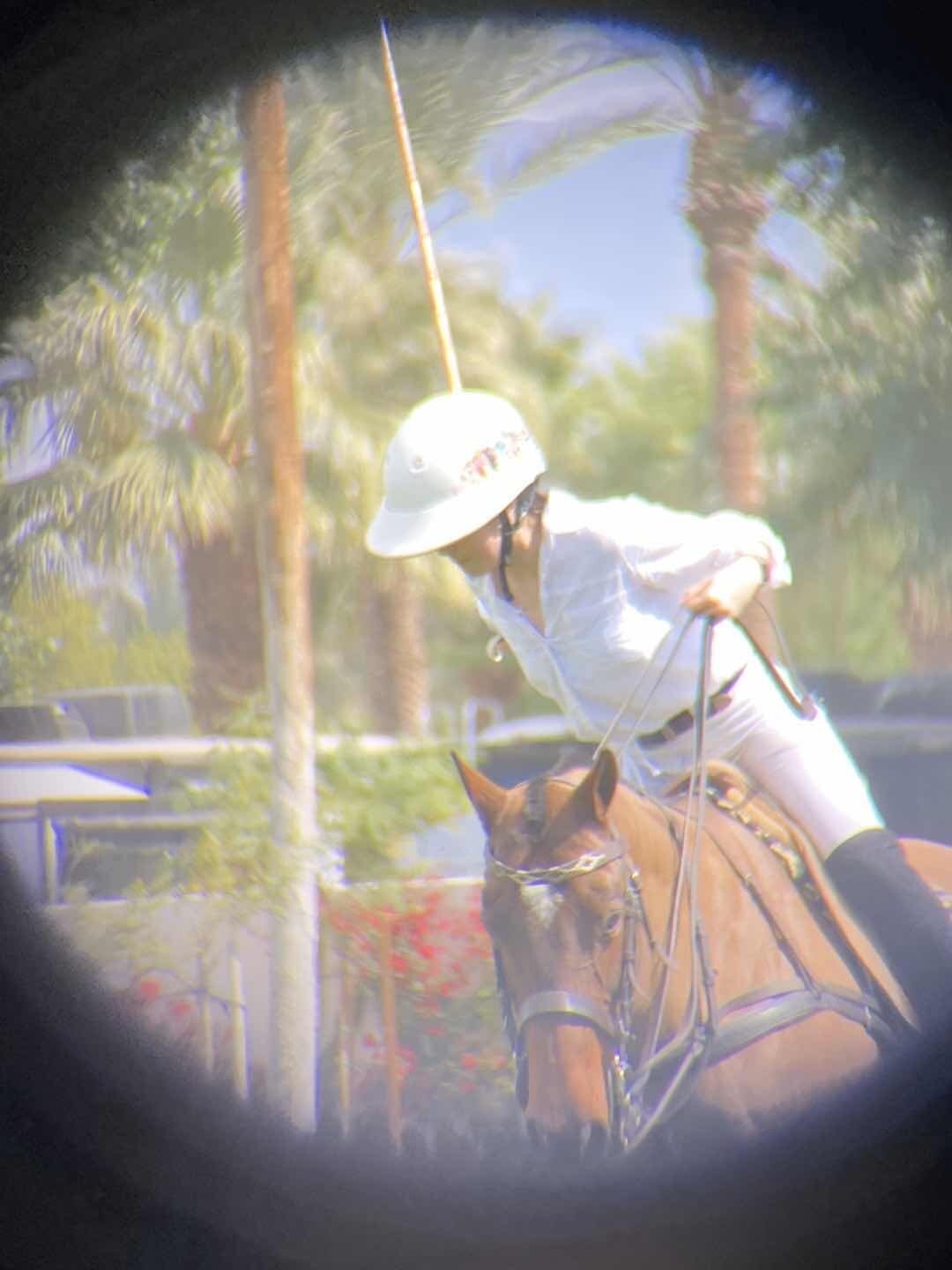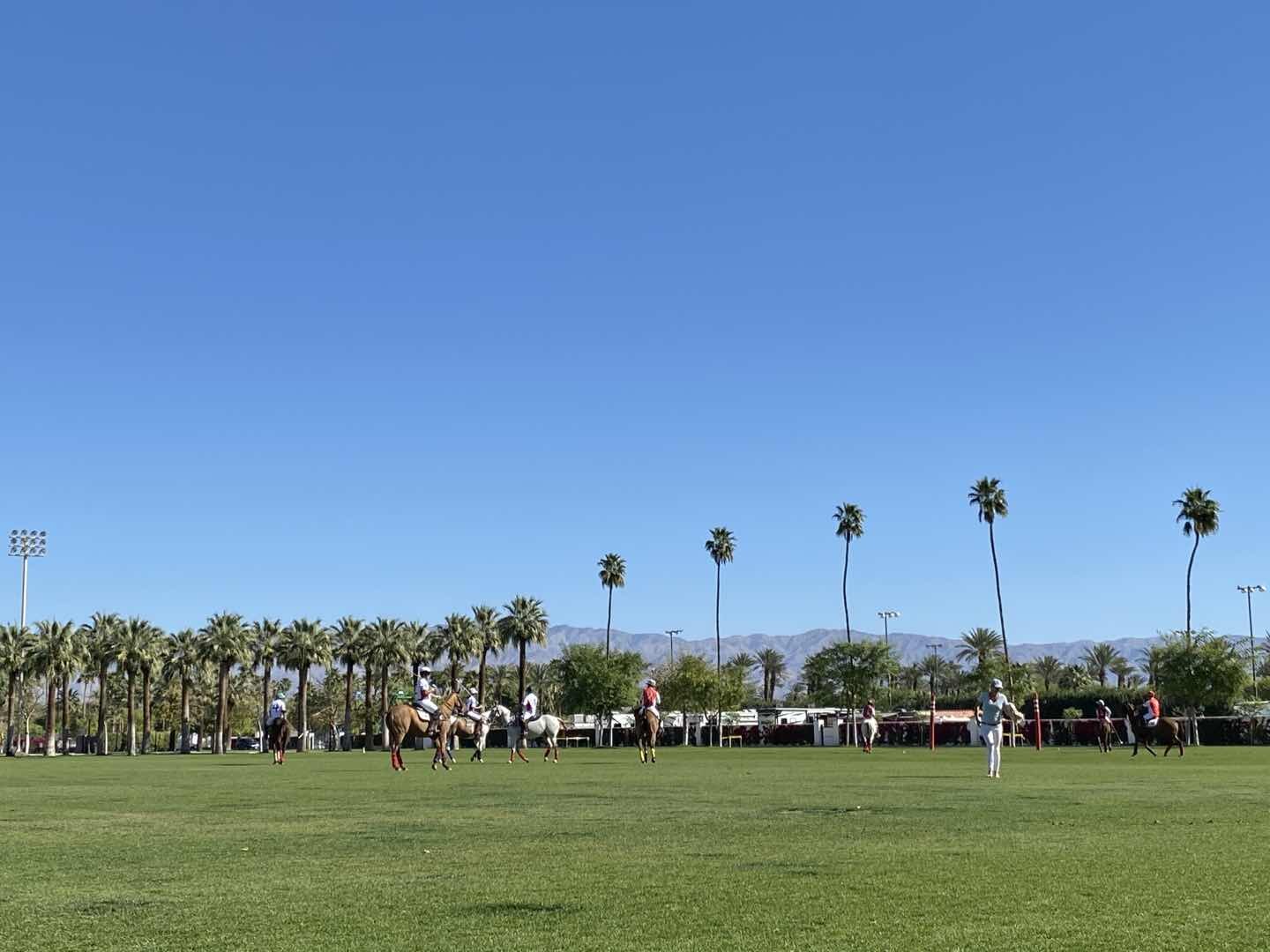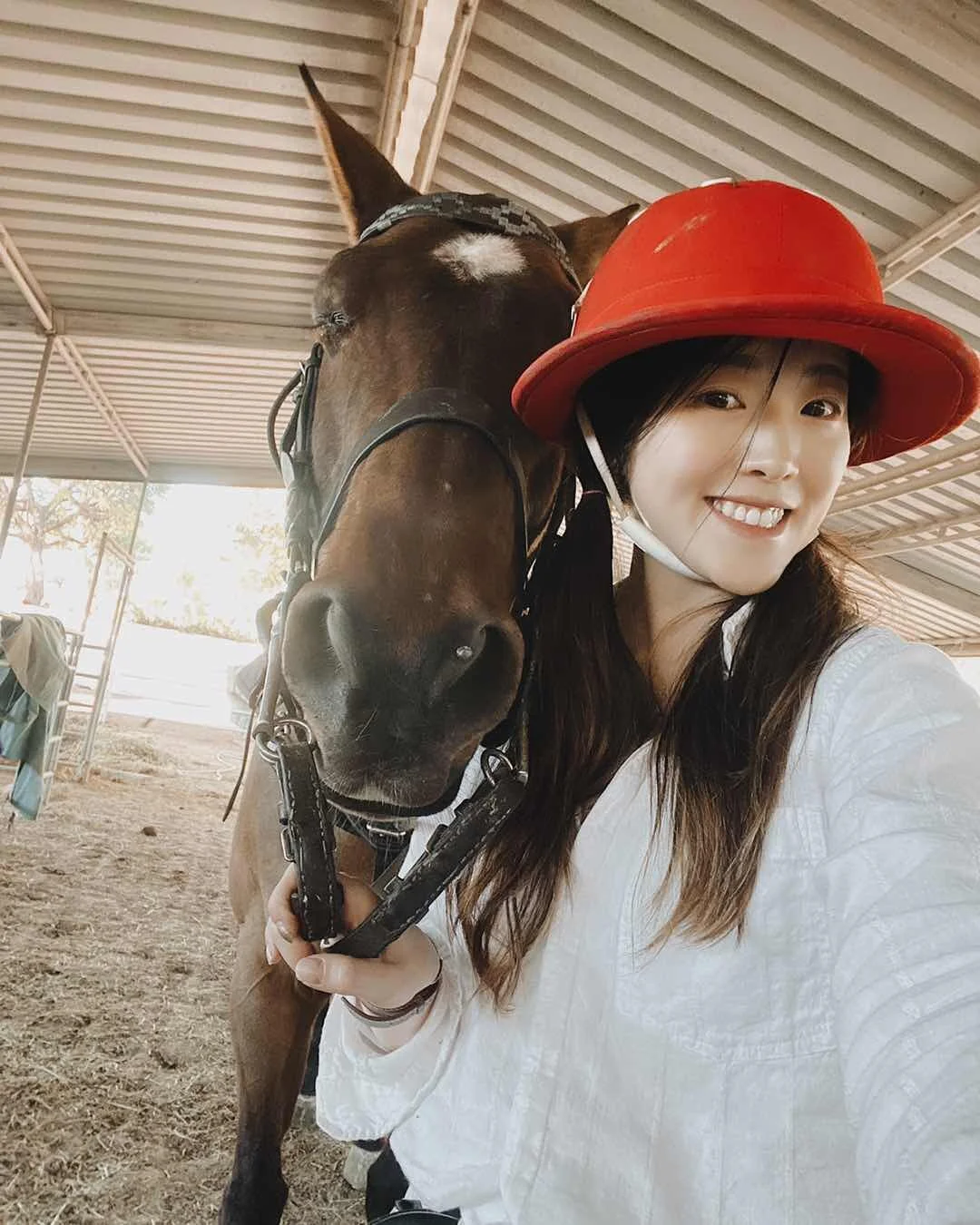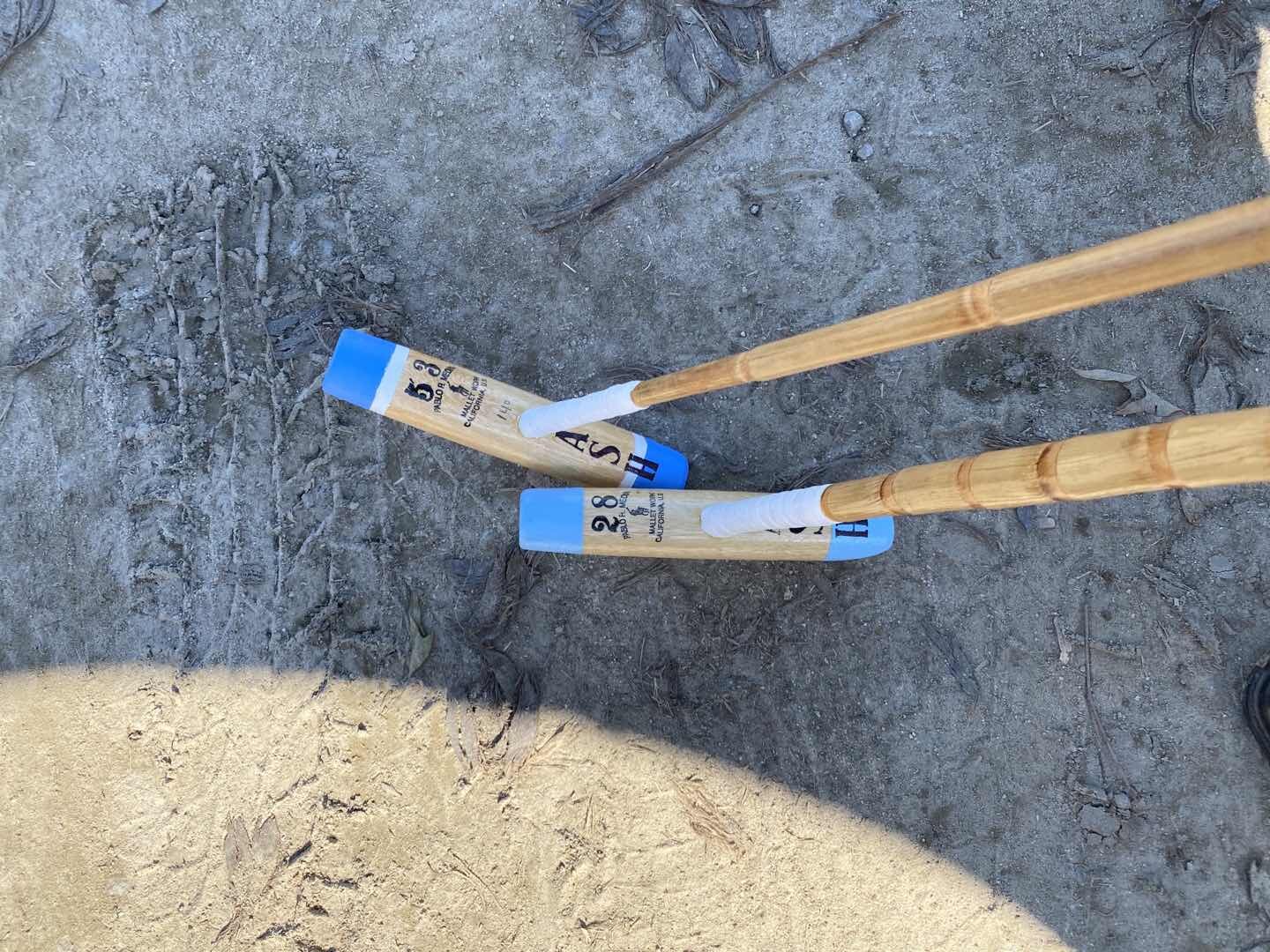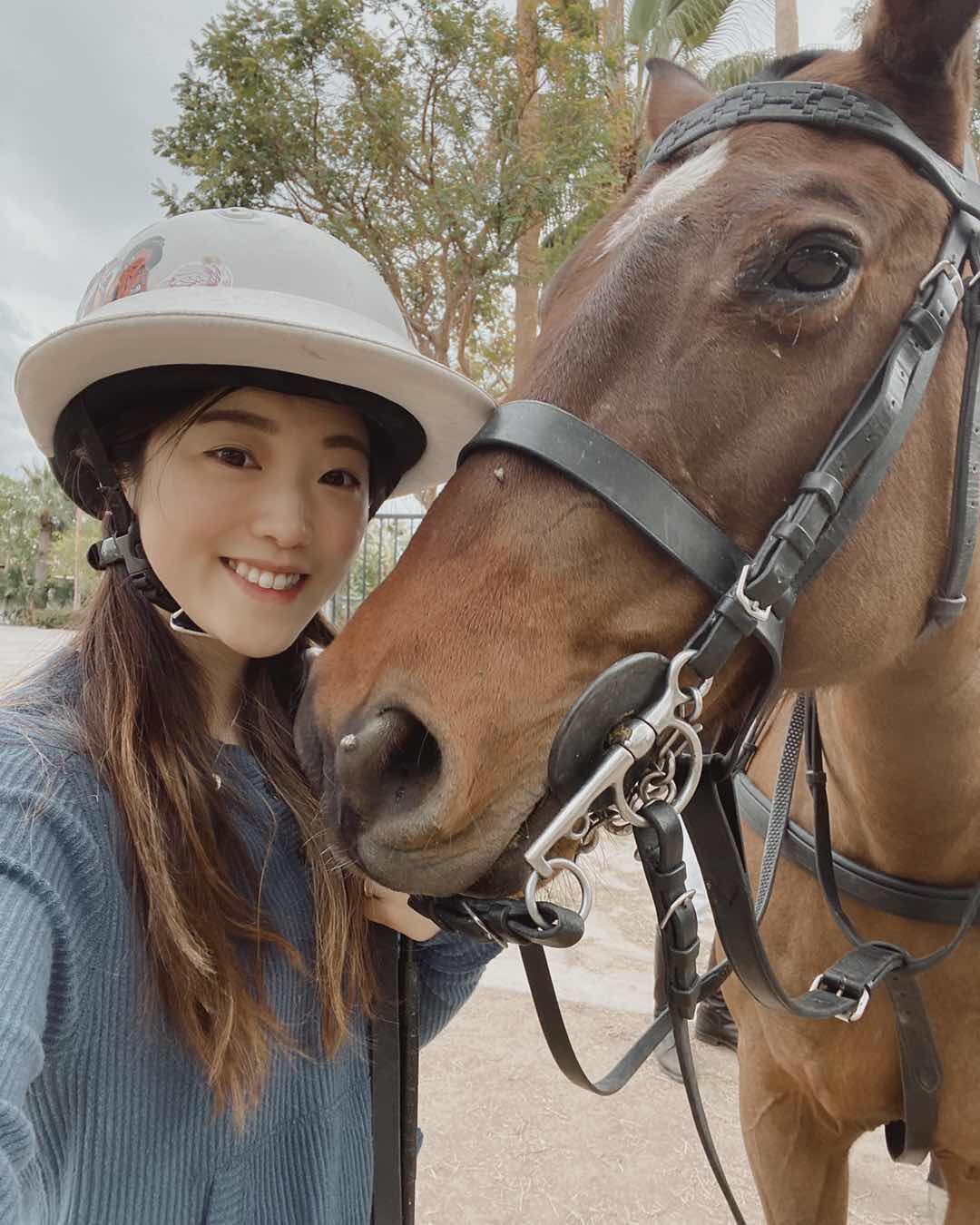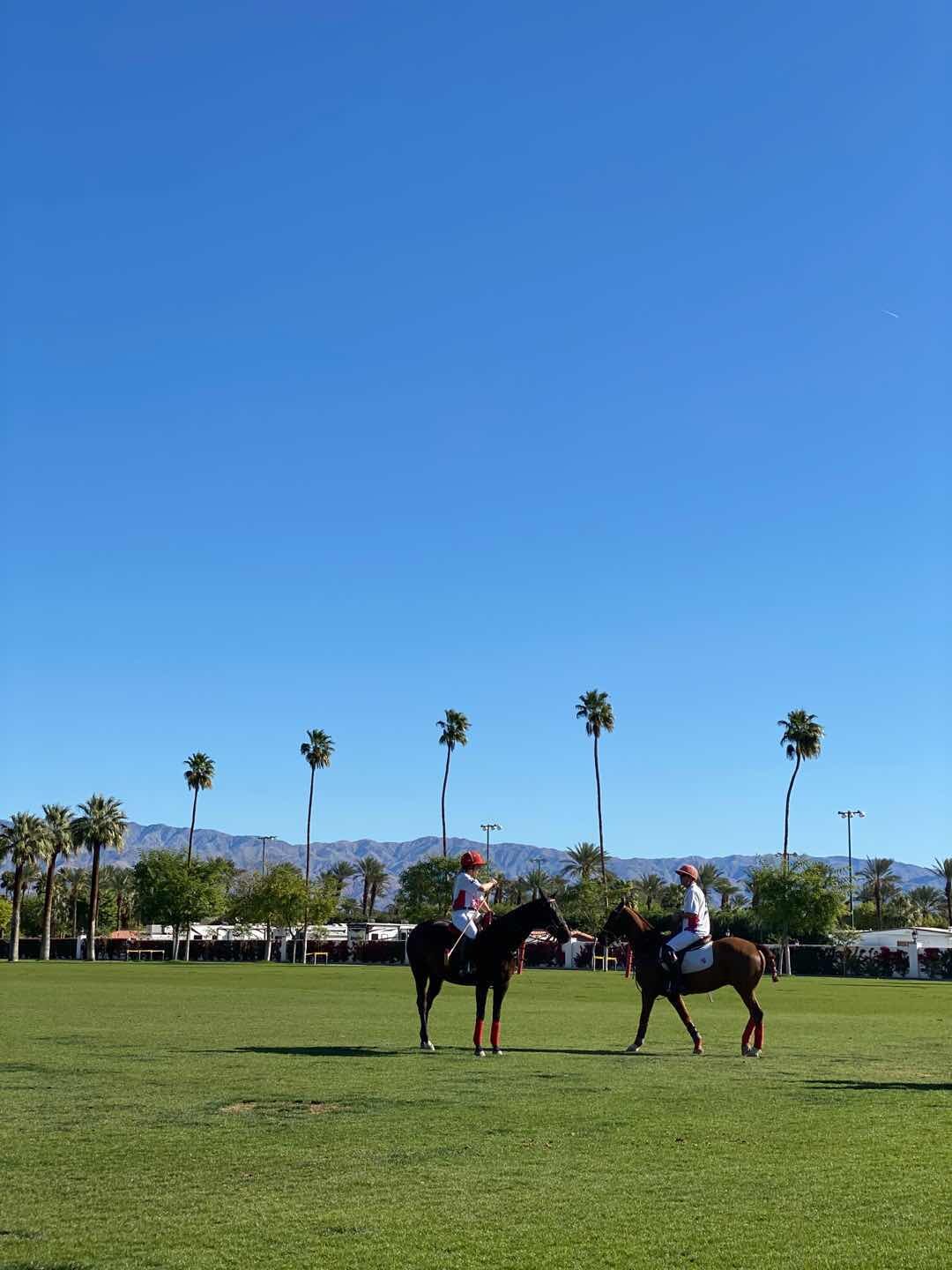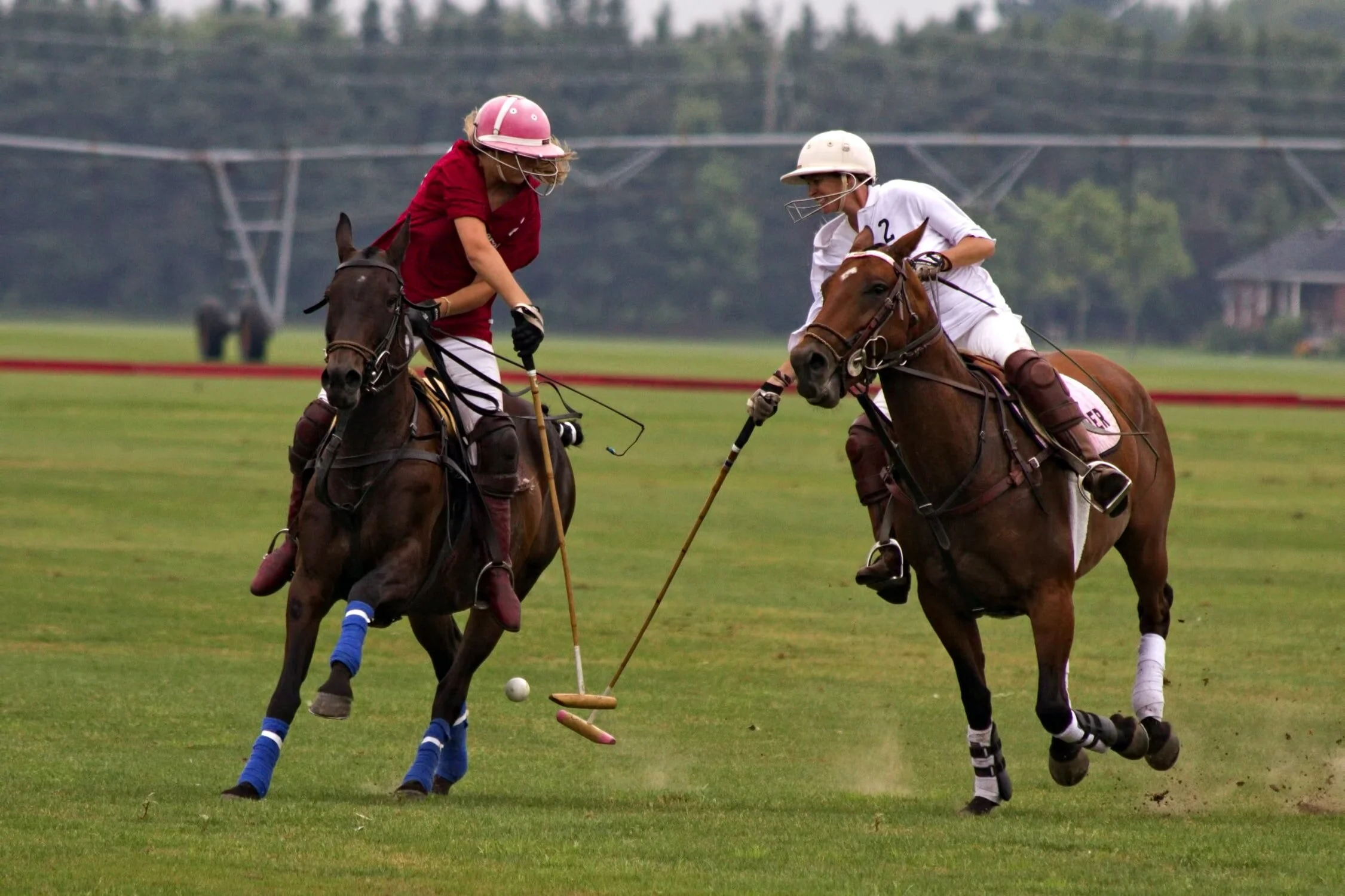What is Polo? ("The Sport of Kings") — BASIC RULES OF POLO
I am addicted to polo. There, I said it. I think about it during the day and I even dream about it. It’s a new sport I recently started to play in and wow, I’ve never been so engrossed in a sport. It’s enthralling and unlike anything I’ve ever tried before. Before I dig deeper into this whole polo obsession, I know many of you are thinking - huh - what is polo?
Prior to last summer, I honestly had no idea what the sport of polo was. Apart from the fact that it is a sport involving horses, I didn’t know anything about it.
Fast forward a few months - I’d consider myself now as a pretty well acquainted polo student. Not skilled enough to play in a proper game (or “chukker”) yet, but I’ve come a long way to learn how to ride and understand the basic rules of play.
Let me just say - it’s crazier than I thought. Polo is in-your-face; it takes up 100% of your attention when you play. You’re fully engaged mentally, emotionally, and physically - it really takes all of you to play well, and to prevent injury (even then, that’s not entirely possible to prevent sometimes.) It’s about power, balance, skill, communication (with your horse and others), coordination, concentration, strategy, sportsmanship, and so much more.
Yes. Polo looks crazy, because it is. It takes years to learn (even if you already know how to ride) and probably decades to master. I cannot think of a single sport that is subject to more capricious factors than polo. I mean, imagine this - you’re trying to hit a small rolling ball that’s the size of a baseball while riding a thousand-pound+ moving horse. You are keeping yourself upright on your hose via your knees and swinging a 4-feet long mallet over your head while defending your opponent who is trying to ride you off (horse slam) to steal your ball.
To appreciate the game, here are some basic rules to know about polo:
CHUKKERS. A period of play within a polo match is called a “chukker.” Each chukker lasts 7 minutes 30 seconds. Typically, a polo match on grass is 4-6 chukkers.
TEAM. Outdoors (eg. on grass), each team has 4 mounted players. Indoors (eg. arena), each team has 3 mounted players. Each team can be a mix of both men, women, professionals and amateurs.
HANDICAP. Players are handicapped on a scale of -1 to 10, as determined by a player’s horsemanship, hitting ability, quality of horses, team play and game sense. Each game maintains a handicap range and the total handicap of all teams must fall between this range.
HORSES. After each chukker, each player dismounts and gets on a fresh horse. At higher level games, players are switching horses every 3-4 minutes, perhaps more, in order to keep a fresh horse advantage as well as to keep the horse safe from overworking. Hence, in a 6-chukker grass polo match on a standard 300 x 160 yard field, that game will have a minimum of 50 different horses. (Eg. 2 teams x 4 players/team x 6 chukkers = 48 horses, at a minimum).
LINE OF THE BALL (LOB). The Line of the Ball is the (imaginary) line created by the direction of the ball. At any time the ball changes direction, from whatever cause, a new LOB is immediately established and a new Right of Way (ROW) as determined by the new Line is created.
RIGHT OF WAY (ROW). The Right of Way are lanes, or paths, that lead directly to and from the ball running parallel with the LOB.
I will address details about horses, penalties and other facts in another post. But now, let me show you some beautiful pictures of horses, polo, and friends at Empire Polo Club this season at Indio, CA.

